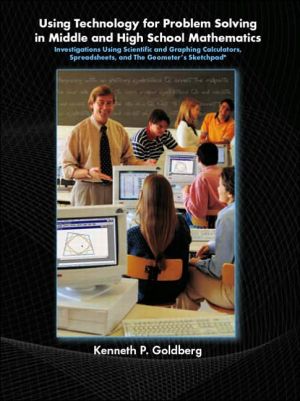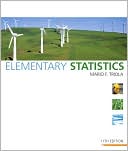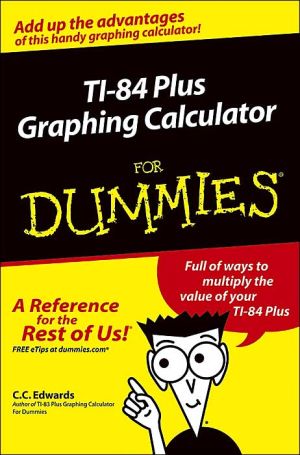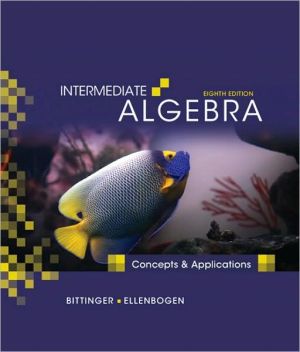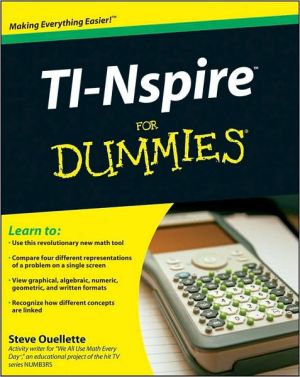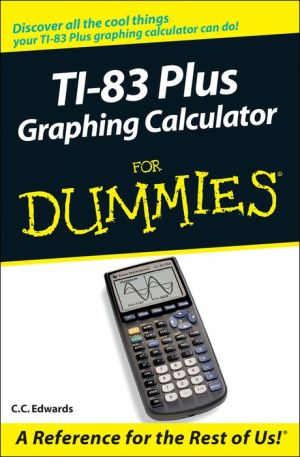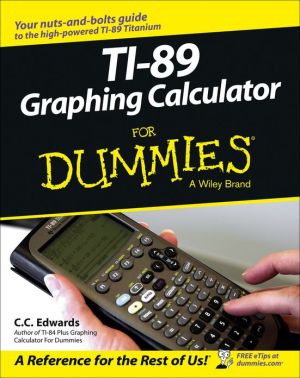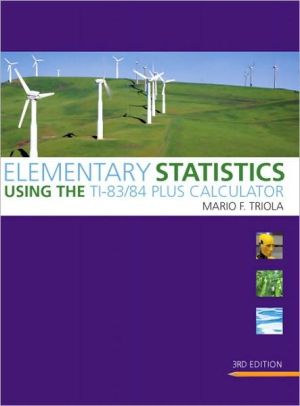Using Technology and Problem Solving in Middle and High School Mathematics: Investigations Using Scientific and Graphing Calculators, Spreadsheets, and The Geometer's Sketchpad
Using Technology for Problem Solving in Middle and High School Mathematics: Investigations Using Scientific and Graphing Calculators, Spreadsheets, and The Geometer’s Sketchpad ©\ Firmly rooted in the NCTM Principles and Standards, Using Technology for Problem Solving in Middle and High School Mathematics examines why technology is essential to today’s mathematics classroom, and illustrates how using technology can encourage and enhance your students’ study and understanding of mathematics....
Search in google:
Using Technology for Problem Solving in Middle and High School Mathematics: Investigations Using Scientific and Graphing Calculators, Spreadsheets, and The Geometer’s Sketchpad ©Firmly rooted in the NCTM Principles and Standards, Using Technology for Problem Solving in Middle and High School Mathematics examines why technology is essential to today’s mathematics classroom, and illustrates how using technology can encourage and enhance your students’ study and understanding of mathematics. Inquiry-based, this book provides both a five-step model and 23 sample investigations that demonstrate how to help students become better problem solvers through the use of four types of instructional technology: the scientific calculator, the graphing calculator, spreadsheet software, and The Geometer’s Sketchpad © software.Here’s what reviewers say about this book:“The five-step model provided here is excellent, giving teachers a rich mathematical perspective to draw upon. This process moves students from inductive explorations to deductive justifications of the results, which is aligned with current theories on how students best learn.”Dr. Robert M. Horton, Clemson University“I like the organization of the investigations; they include a nice variety of topics and tend to avoid the ‘already known’ examples. The level of technology used moves from simple to more complex, and the reader is exposed to potentially new uses of the technology beyond commonly used (novice) features.”Dr. Linda Bolte, Eastern Washington University“I really like the idea of the research summaries. In all cases, I think bringing mathematics research into the practice arena is extremely useful and productive.”Dr. Janet Bowers, San Diego State University
Pt. 1The scientific calculator : research results on the classroom use of the scientific calculator1Investigation 1Ancient Egyptian mathematics and unit fractions4Investigation 2Recursively defined functions and the limit of an infinite sequence9Investigation 3The effect of successive percentage increases and decreases on the price of an item19Investigation 4Fixed points and converging sequences26Pt. 2The graphing calculator : research results on the classroom use of the graphing calculator35Investigation 5The formula for the sum of an infinite geometric series37Investigation 6The units digits of perfect squares : histograms and relative frequency tables44Investigation 7Probability and the concept of fairness : a simple program52Investigation 8Examination the trajectory of an object in motion using graphs and tables of values60Investigation 9A visual inspection of the real roots of a polynomial function66Investigation 10The relationship between the coefficients of a first or second degree function and the behavior of its graph74Investigation 11A visual discovery of trigonometric identities and formulas81Investigation 12Exploring derivatives using both algebraic and visual representations88Investigation 13Converging and diverging infinite series and special mathematical constants94Investigation 14The use of linear and nonlinear regression for curve fitting and making predictions102Investigation 15Exponential growth and exponential regression110Investigation 16Generalized Fibonacci sequences using matrices117Pt. 3Dynamic geometry software : research results and effective classroom practice125Investigation 17Relating the properties of quadrilaterals to the properties of their diagonals and crating a book of shapes127Investigation 18Inscribed quadrilaterals132Investigation 19The sum of the perpendicular distances from and interior point of a regular polygon to its sides137Investigation 20Perimeter and area relationships on a line segment142Investigation 21Area relationship between inscribed and circumscribed circles of regular polygons147Investigation 22The product of the segments of intersecting chords in a circle152Investigation 23The geometric solution of a minimization problem using reflection of a point across a line segment155
\ From the PublisherHere’s what reviewers say about this text:\ “The five-step model provided here is excellent, giving teachers a rich mathematical perspective to draw upon. This process moves students from inductive explorations to deductive justifications of the results, which is aligned with current theories on how students best learn.”\ Dr. Robert M. Horton, Clemson University\ “I like the organization of the investigations; they include a nice variety of topics and tend to avoid the ‘already known’ examples. The level of technology used moves from simple to more complex, and the reader is exposed to potentially new uses of the technology beyond commonly used (novice) features.”\ Dr. Linda Bolte, Eastern Washington University\ “I really like the idea of the research summaries. In all cases, I think bringing mathematics research into the practice arena is extremely useful and productive.”\ Dr. Janet Bowers, San Diego State University\ \ \
